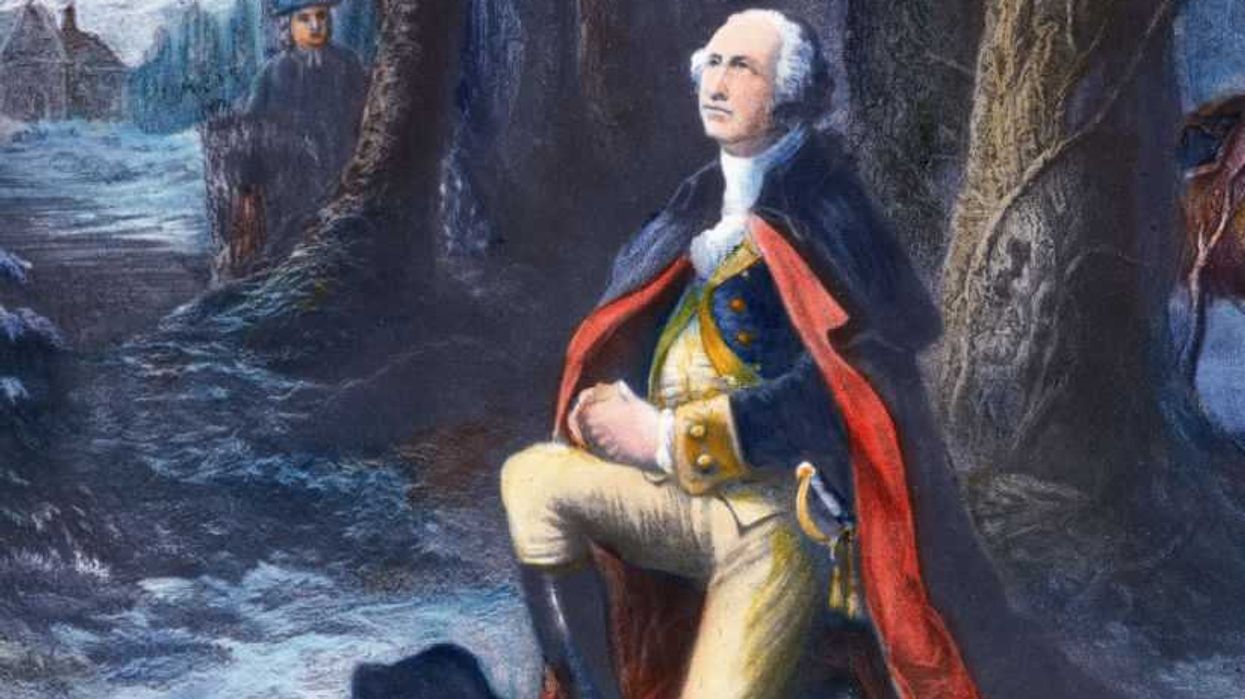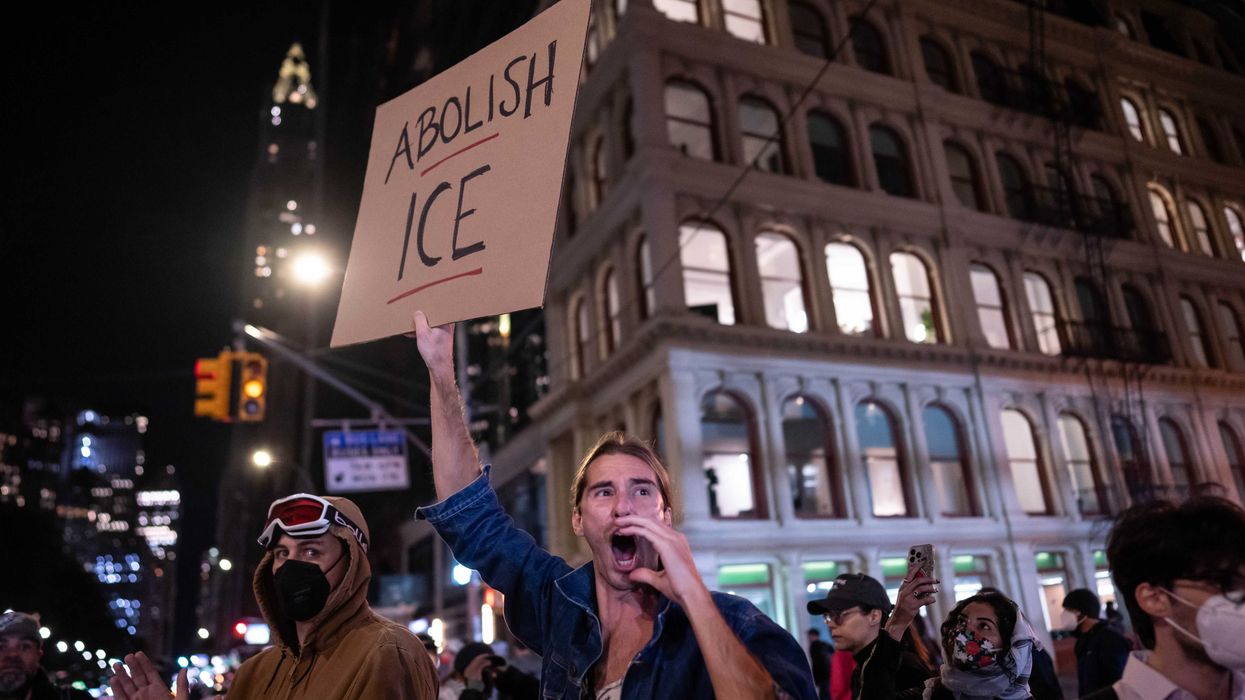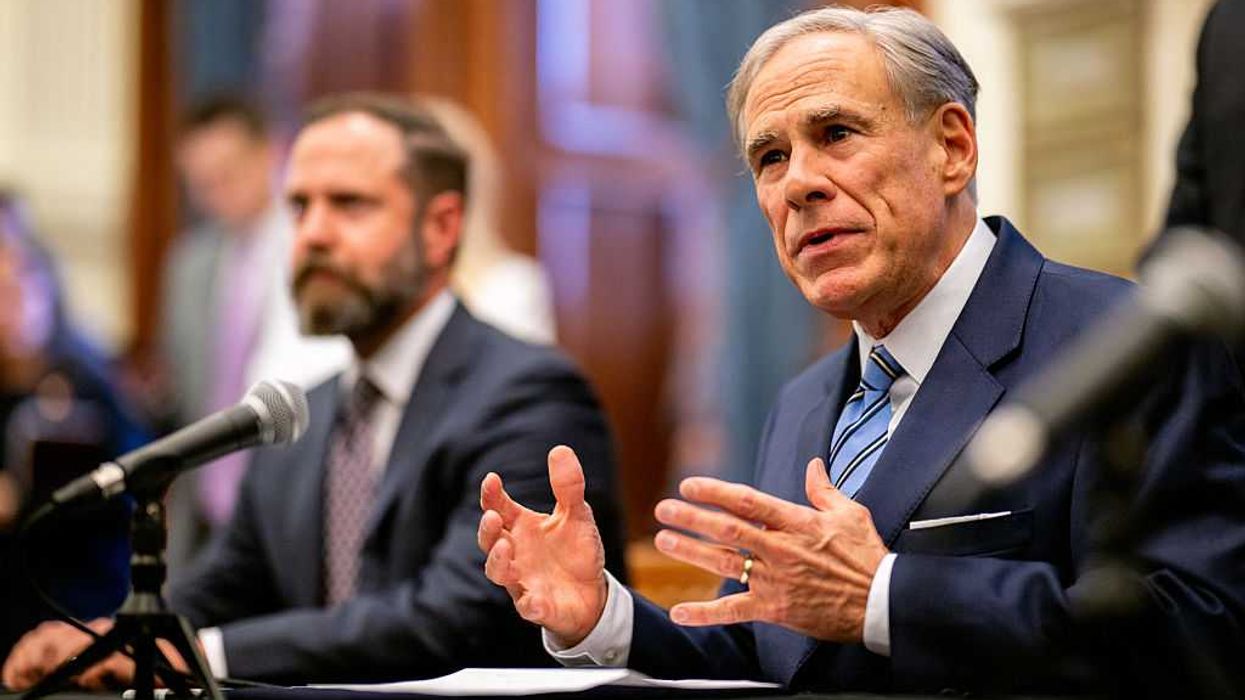Think of the overwhelming media coverage that comes along with being President of the United States --- all the publicity, praise and criticism. Imagine the weight of the country on your shoulders. Now imagine being the President's child.
Children have been living in the White House since the beginning of our nation. What is life like for them? Here's a look back through history at some of America’s First Kids.
Tad Lincoln
Thomas Lincoln, nicknamed Tad, was 8 years old when he first moved into the White House. Born with a cleft palate, which was untreatable back in his time, Tad suffered from a serious speech impediment.
After being in the White House for only one year, Tad’s older brother, Willie, died of Typhoid fever at only 11 years old.
Tad faced tragedy again at age 12 when his father, Abraham Lincoln, was assassinated.
 Henry Guttmann/Getty Images
Henry Guttmann/Getty Images
The Lincolns loved pets, sharing their space in the White House with their dog, Jip. They also welcomed in two cats and two goats. Tad adored the goats, named Nanny and Nanko, sometimes even allowing them to sleep in his bed with him. On August 8, 1863, President Lincoln sent his wife a lengthy telegraph on the whereabouts of one of their pet goats. It read:
Tell dear Tad, poor ‘Nanny Goat,’ is lost; and Mrs Cuthbert & I are in distress about it. The day you left Nanny was found resting herself, and chewing her little cud, on the middle of Tad’s bed. But now she’s gone. The gardener kept complaining that she destroyed the flowers, till it was concluded to bring her down to the White House. This was done, and the second day she had disappeared, and has not been heard of since. This is the last we know of poor ‘Nanny.’
To Tad’s relief, Lincoln soon after sent a follow-up telegraph, reading:
Tell Tad the goats and father are very well --- especially the goats.
John F. Kennedy Jr.
Barely one year old when he first moved into the White House, John Jr. was joined by his older sister, Caroline. The Kennedys had two other children, but sadly, their daughter Arabella was stillborn and their son Patrick died only two days after his birth.
 National Archive/Newsmakers
National Archive/Newsmakers
Born only two weeks after his father was elected President of the United States, John Jr. lived in the White House for the first three years of his life, until his father was assassinated in 1963.
President Kennedy’s funeral was held on John Jr.’s third birthday. In a moment that will go down in history, young JFK Jr. stood and saluted his father’s casket to say a final goodbye. The Kennedys decided to follow through with their son’s birthday party.
Luci Johnson
Luci, daughter of Lyndon B. Johnson, was forced to move into the White House at the age of 16, immediately following the assassination of JFK.
Of her time in the White House, Luci stated:
For me, it was the best of times and the worst of times, but it's a march through history, and there's not a moment you live there that you are able to be oblivious to that.
 Hulton Archive/Getty Images
Hulton Archive/Getty Images
Luci and older sister Lynda were aware of the circumstance that allowed their father to become president. Luci heard the news of JFK’s assassination while sitting in a Spanish class at National Cathedral School. She found out her father had been sworn in as President when the Secret Service arrived at her school just a few hours later.
Luci’s named was originally spelled, “Lucy.” However, she changed it in an act of rebellion against her parents.
Susan Ford
For Susan Ford, moving into the White House at age 17 was a historic event. Ford held her high school prom there, making it the only prom to ever take place at the White House. The Holton-Arms Academy class of 1975, raised $1,300 through fundraisers and bake sales for the prom.
 Gerald R. Ford Presidential Library
Gerald R. Ford Presidential Library
A retired English teacher of Holton-Arms said this about young Susan Ford:
Susan, at that age, was strikingly beautiful, and it’s a great deal of fun to watch a bunch of beautiful young girls with handsome young men, all dressed up. They were clearly excited about being where they were, but they were not uncomfortably awed. It was a beautiful affair.
Chelsea Clinton
Chelsea spent a good chunk of her younger years in the White House, moving in when she was 13 years old. She stayed there until she was 17, moving out to further her education at Stanford.
 PAUL RICHARDS/AFP/Getty Images
PAUL RICHARDS/AFP/Getty Images
During a 2014 interview, Clinton stated:
I was always deeply aware that I was living in history, but then I would have dinner with my parents at the kitchen table every night. There was much about my life that also was normal.
When Clinton began her studies at Stanford, her mother, Hillary Clinton, published an open letter, asking the media to allow her daughter to maintain her privacy while at college. Despite efforts for normalcy, Chelsea chose to stay in a high-security dorm, accompanied by Secret Service agents.
Sasha & Malia Obama
Sasha and Malia moved in to the White House when they were only 7 and 10 years old, respectively. Although both Sasha and Malia spent a good portion of their childhood in the media, President Obama seemed to think his daughters coped with the fame quite nicely. He once stated:
They’ve handled it so well. They are just wonderful girls. They’re smart and funny, but most importantly, they’re kind.
 SAUL LOEB/AFP/Getty Images
SAUL LOEB/AFP/Getty Images
Former First Lady, Michelle Obama, said her two daughters spent their last night in the White House with a sleepover:
They had a sleepover because of course on Inauguration Day, because my girls are so normal, they're like, "Well, eight girls are gonna be sleeping here because it's our last time, and we want pizza and we want nuggets."
Michelle Obama went on to say the transition out of their house of eight years was not an easy one:
So that moment of transition, right before the doors opened and we welcomed in the new family, our kids were leaving out the back door in tears, saying goodbye to people.
What if You Were in Their Shoes?
How do you think you would handle being a First Kid? Share your thoughts in the comments section below.

 Harold M. Lambert / Contributor | Getty Images
Harold M. Lambert / Contributor | Getty Images
 Adam Gray / Stringer | Getty Images
Adam Gray / Stringer | Getty Images Anadolu / Contributor | Getty Images
Anadolu / Contributor | Getty Images Brandon Bell / Staff | Getty Images
Brandon Bell / Staff | Getty Images